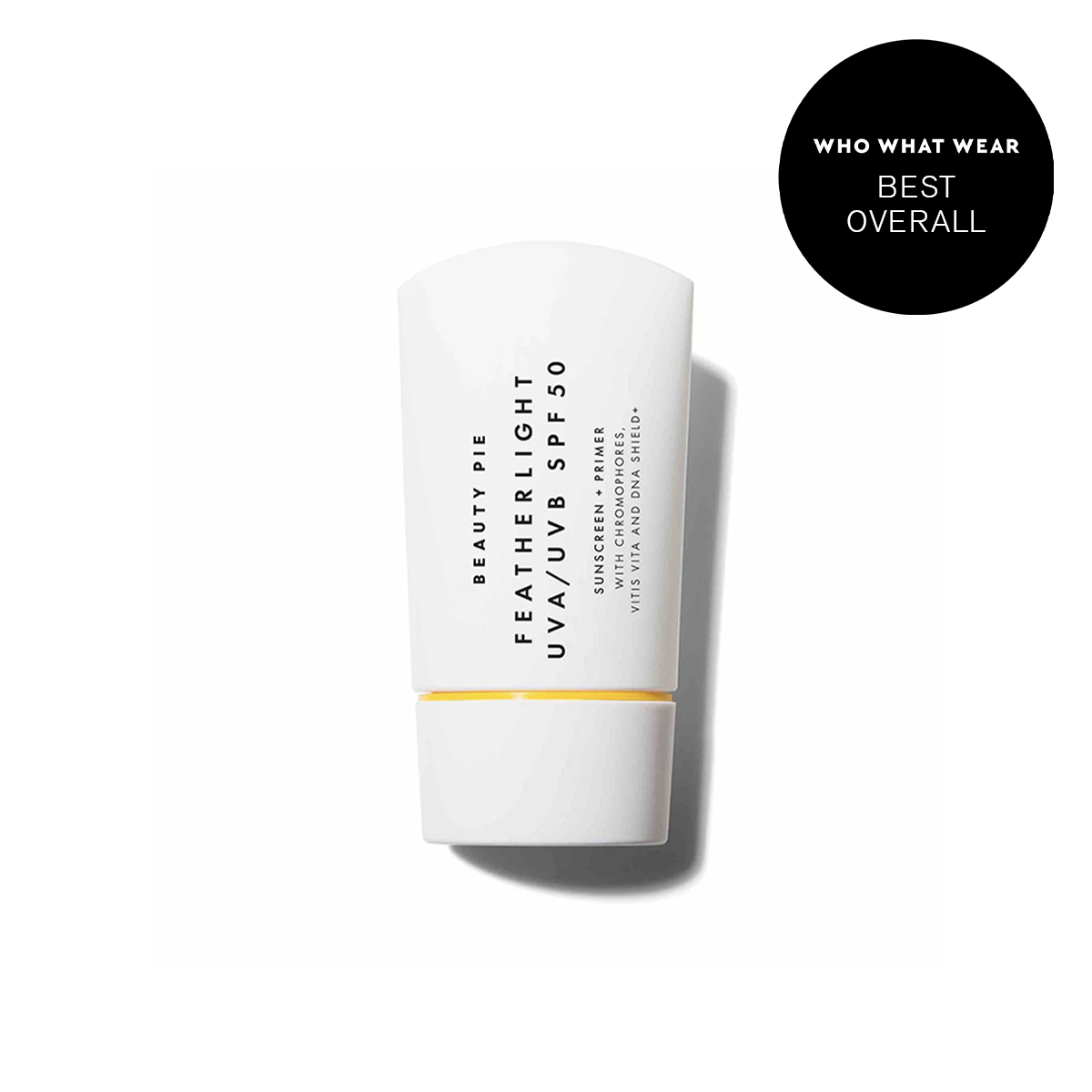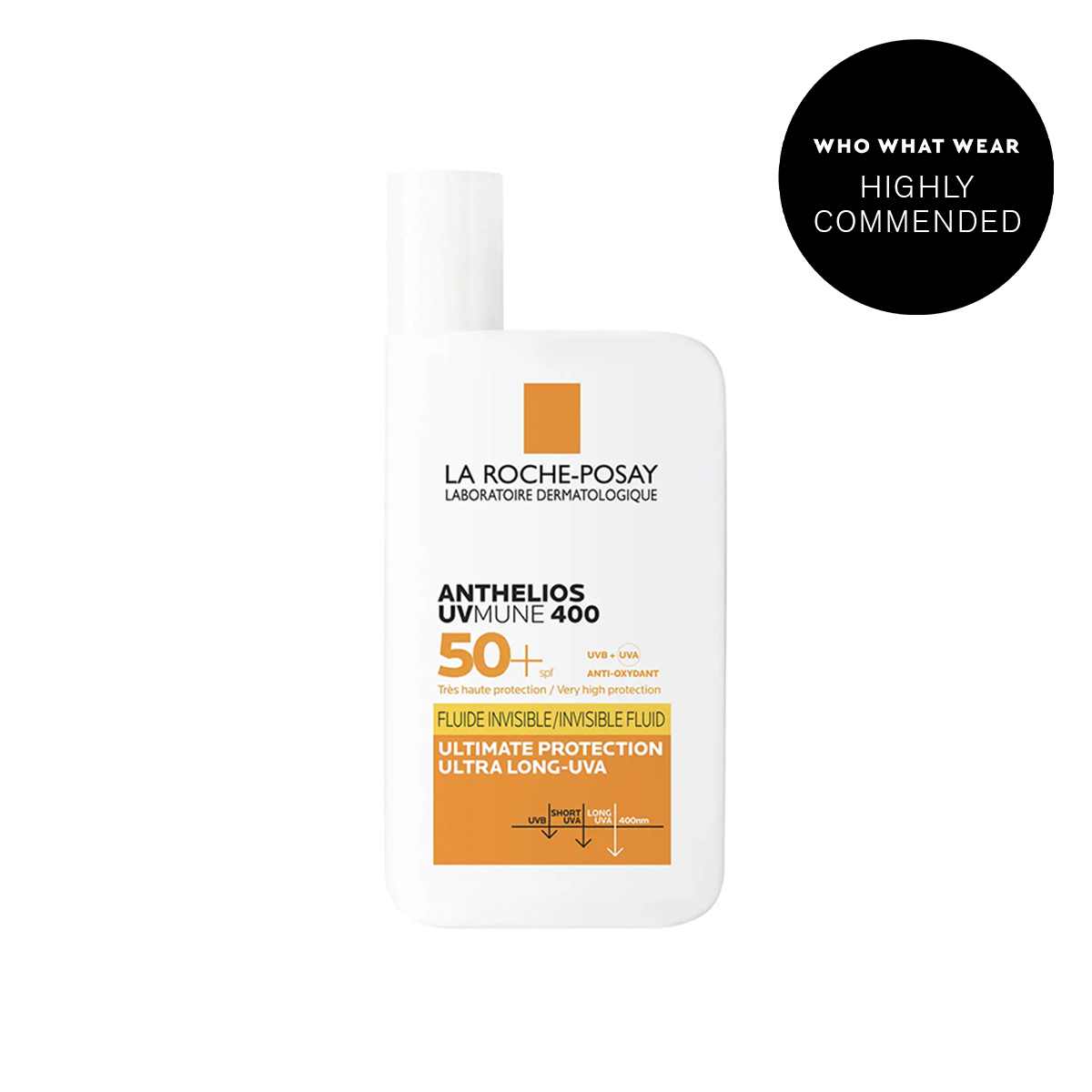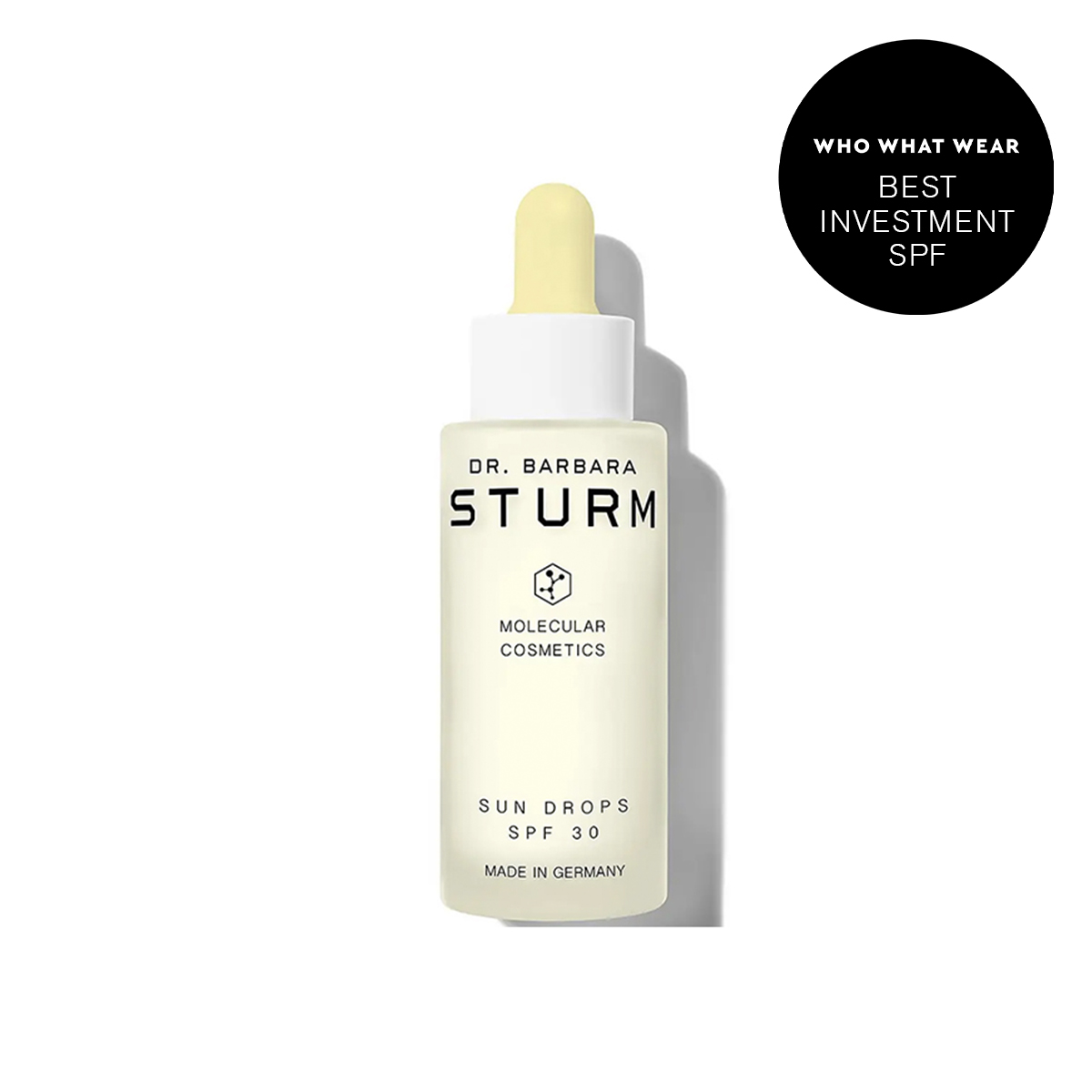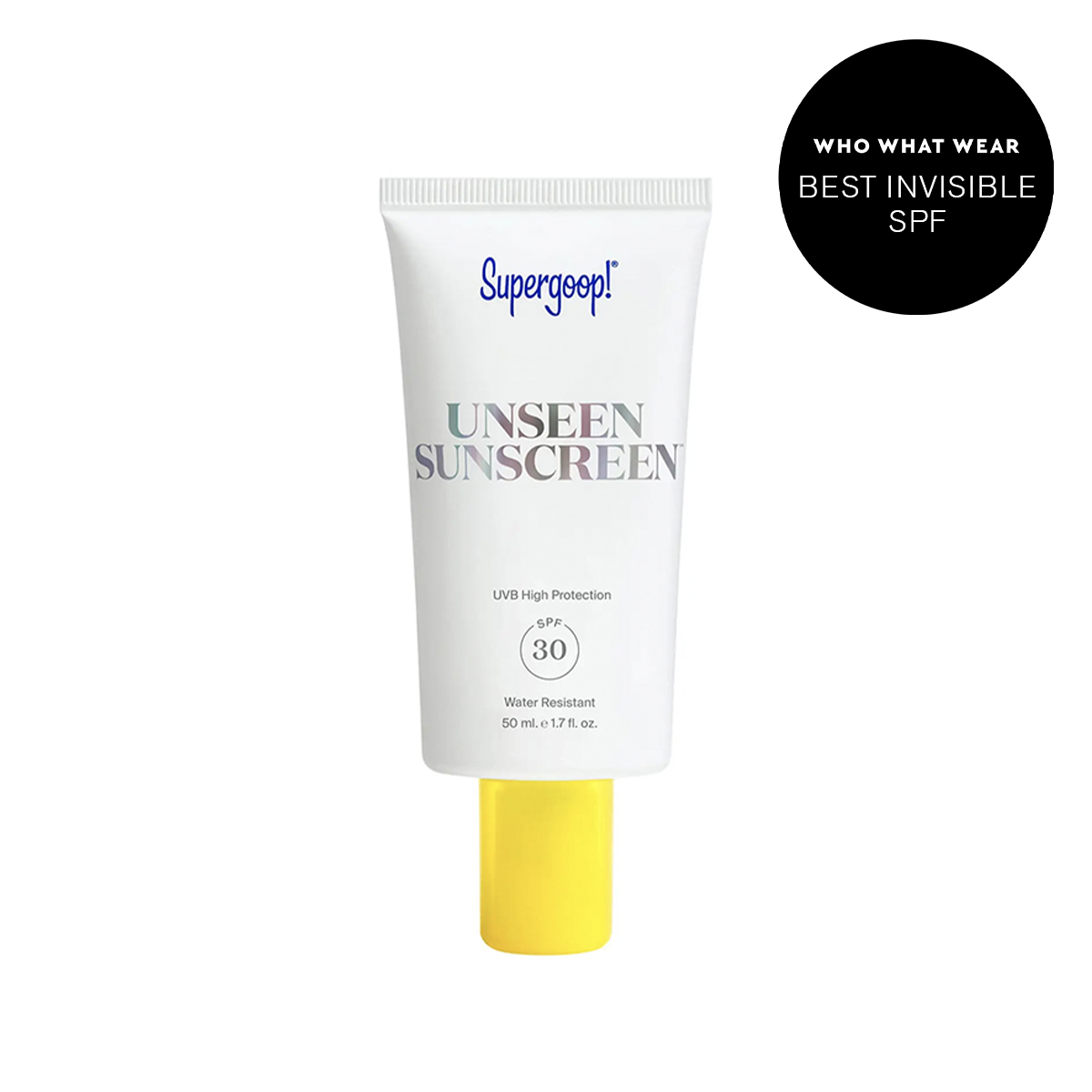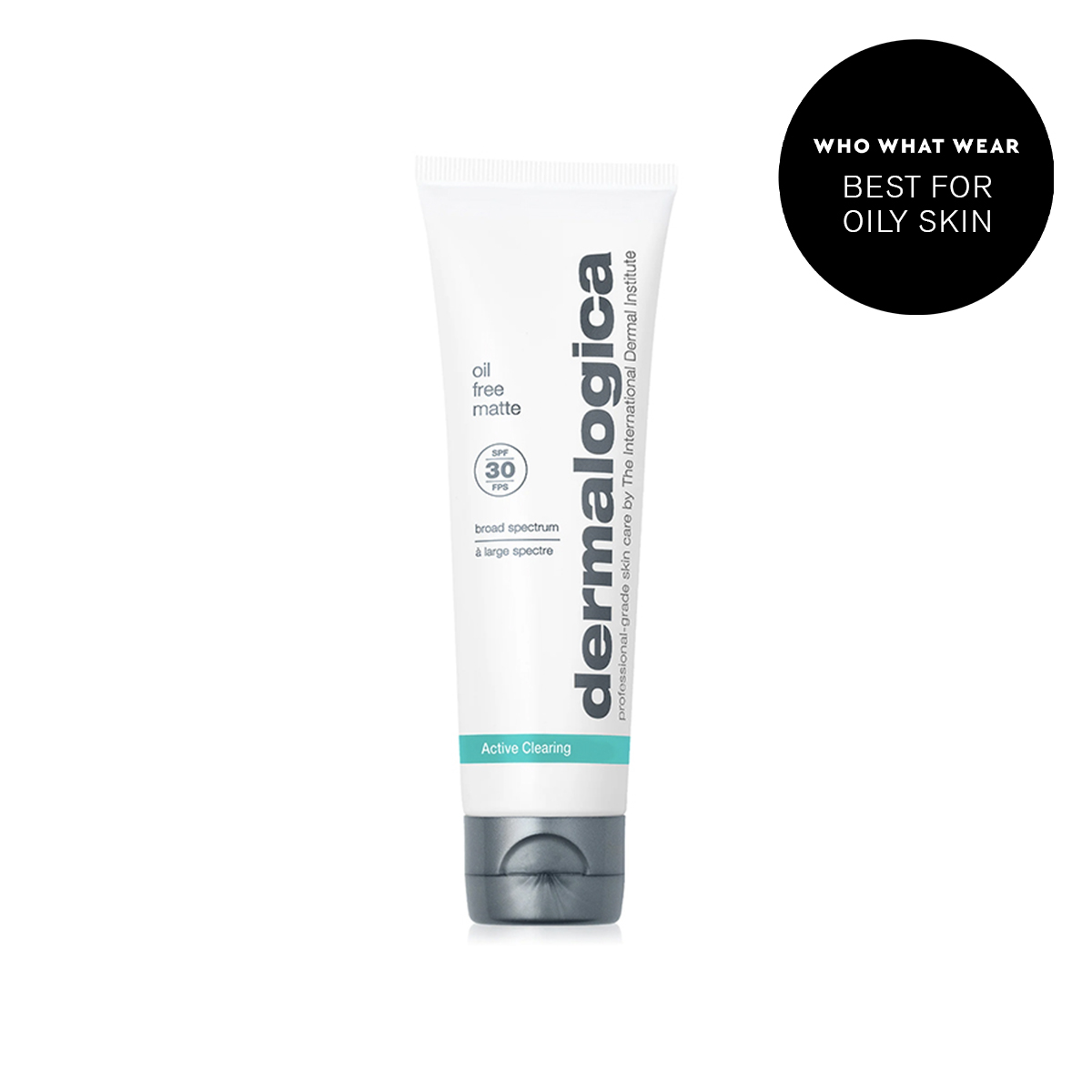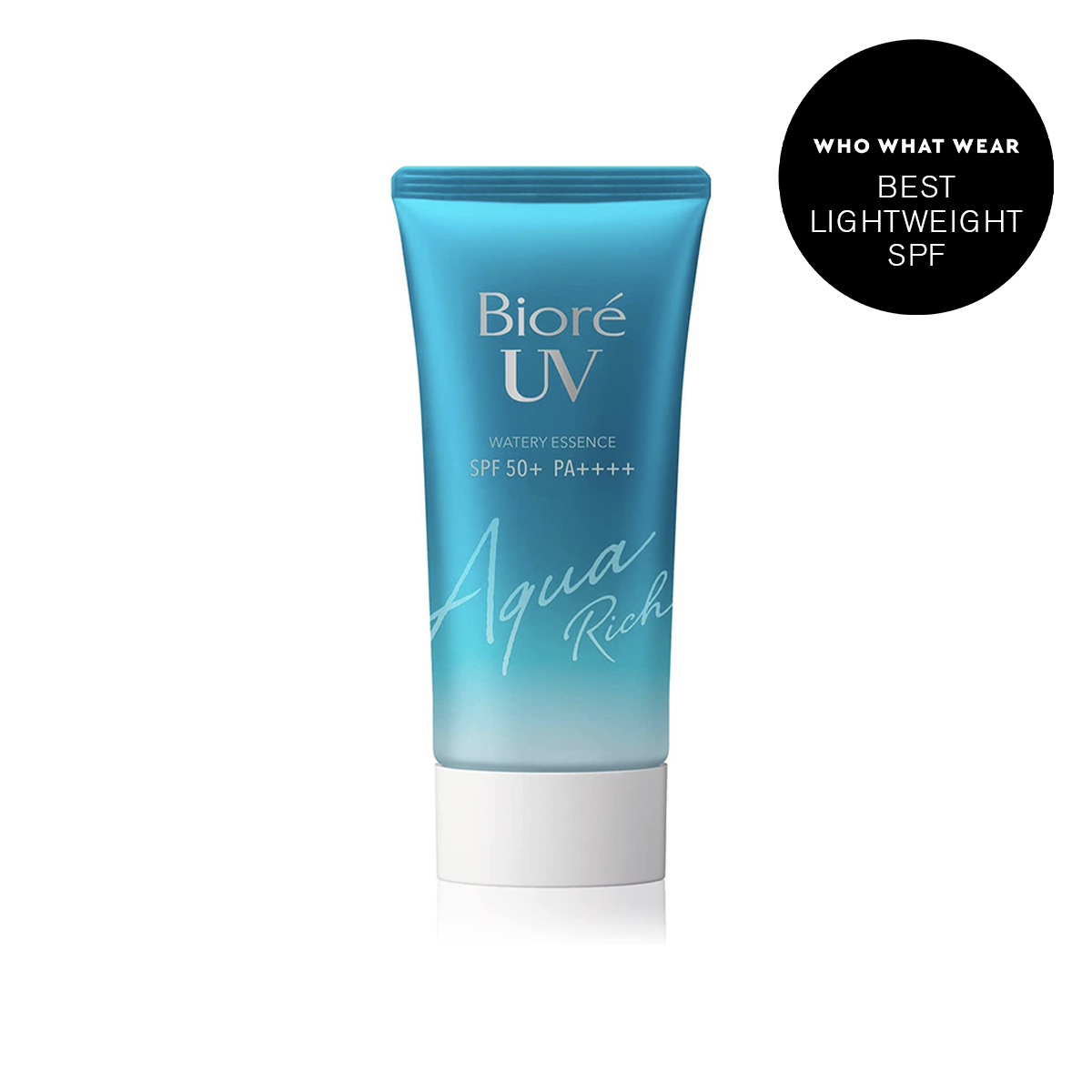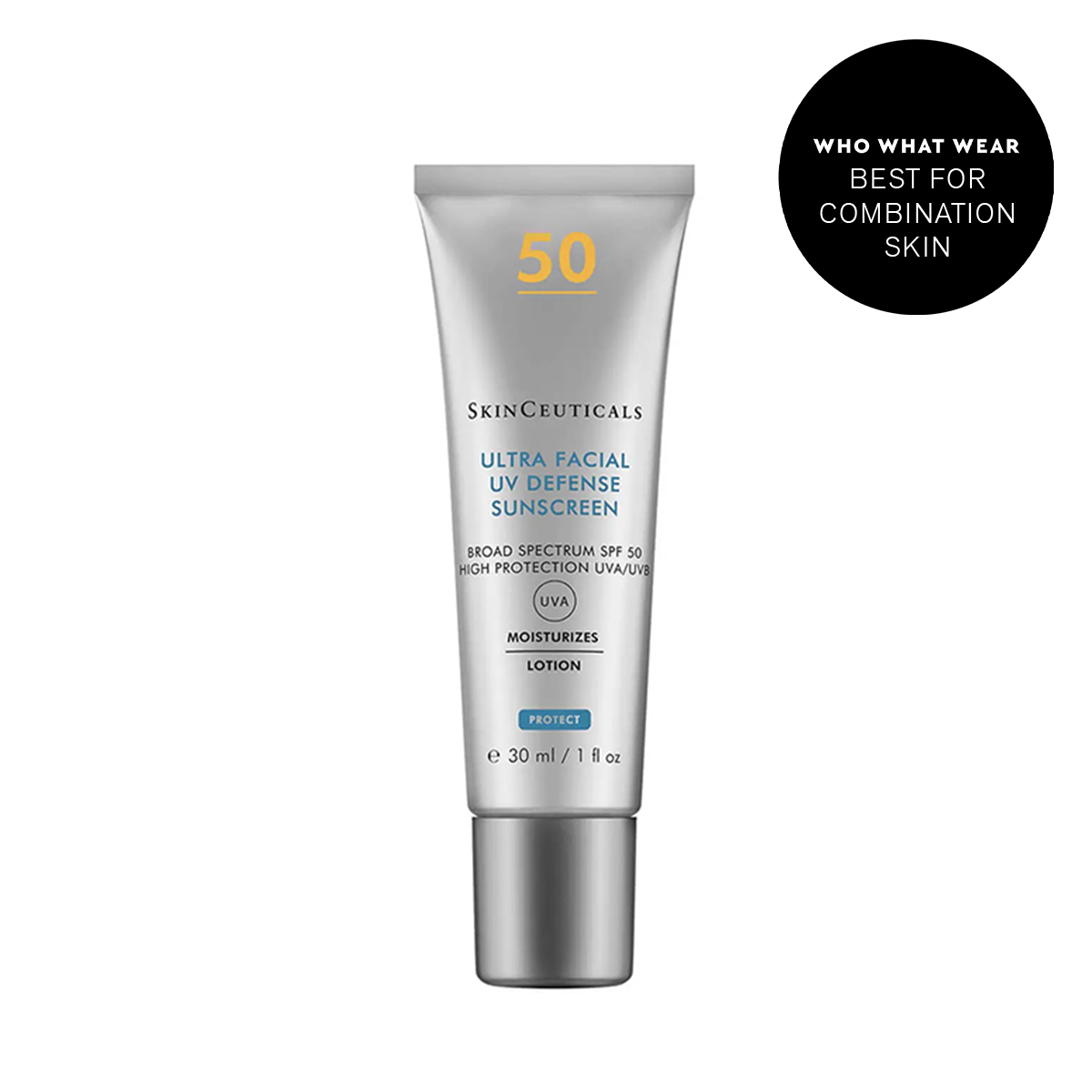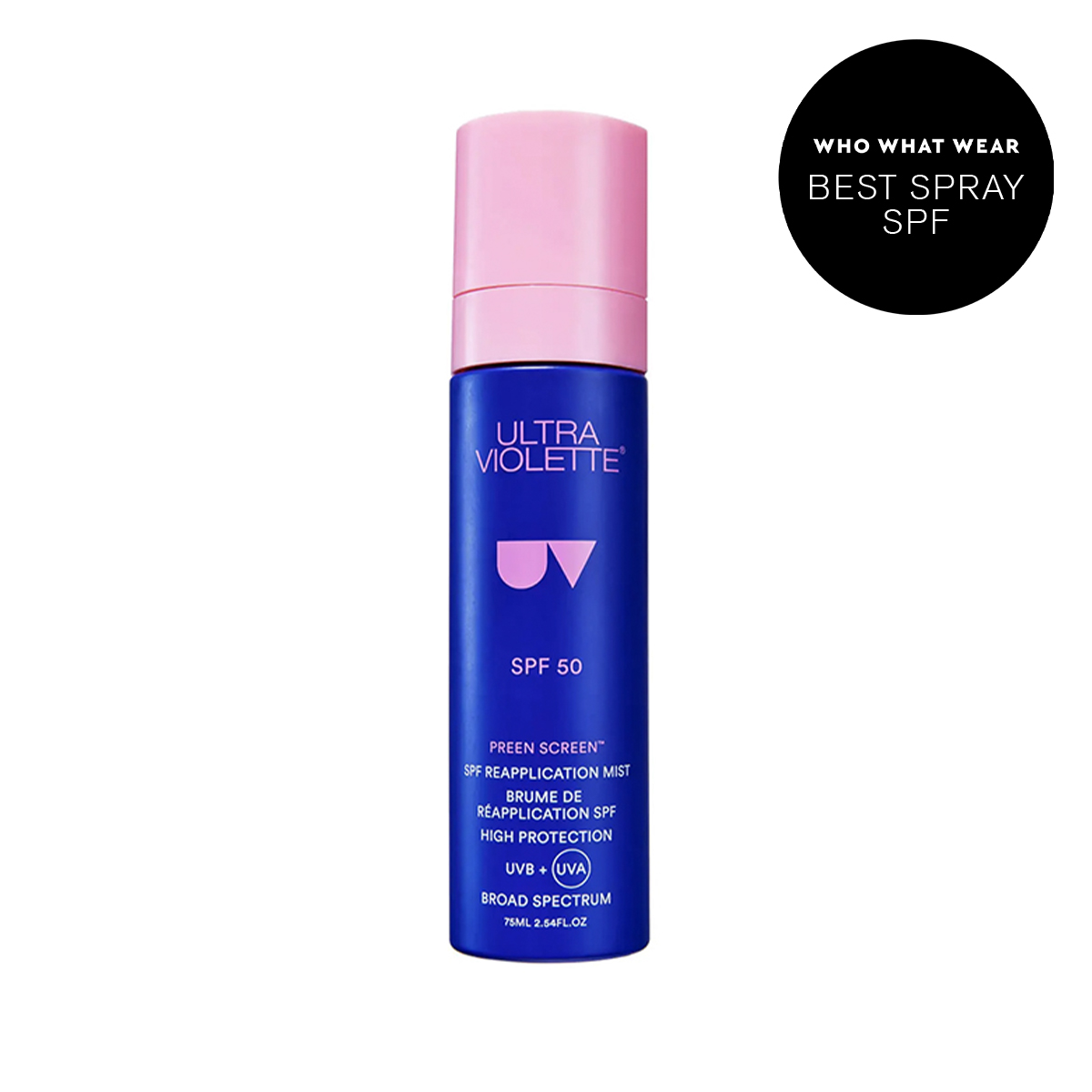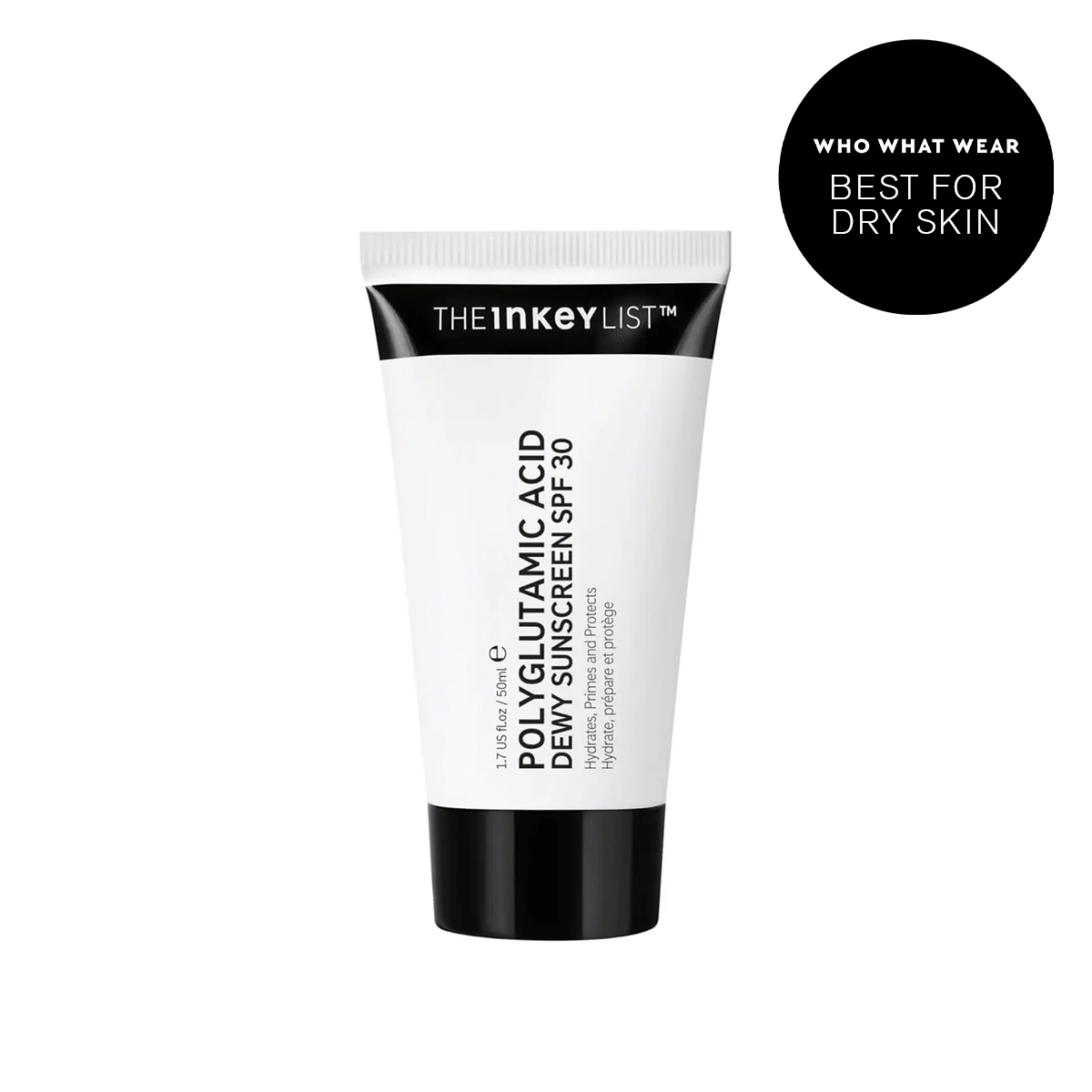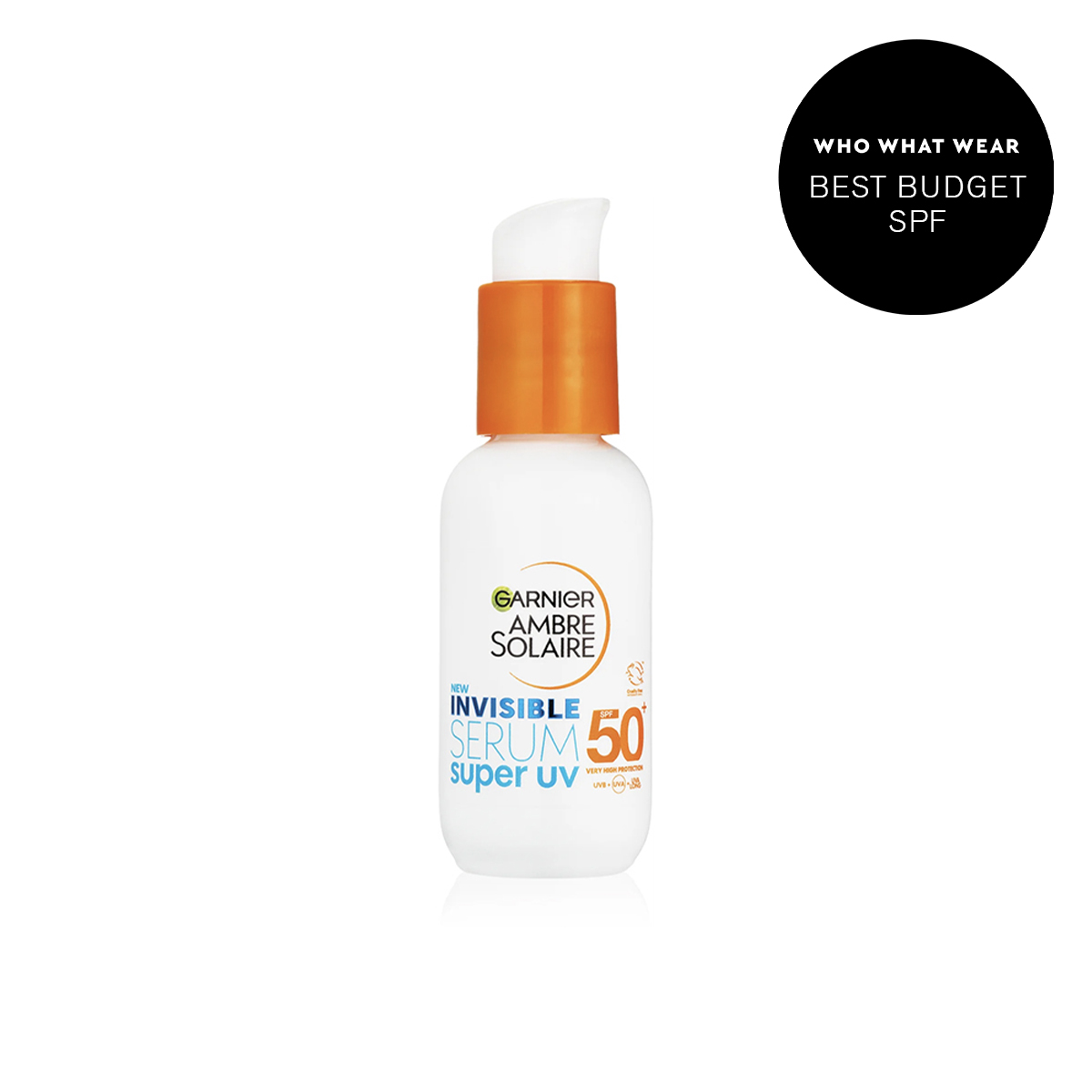Deep Reviews: We Tried Over 20 Facial SPFs—These Ones Passed the Test
Choosing the best SPF for your face is paramount. With the sun’s rays posing risk of skin cancer and premature ageing (of which UVA rays contribute between 80-90% to) finding an SPF that you want to wear every single day is crucial. Yes, really. Ask any dermatologist or skin expert and they’ll tell you that it is essential to wear SPF year round—not just when it’s hot and sunny outside or you’re on holiday, but during the winter and cloudy weather too, as UVA and UVB rays can make their way through cloud and even windows, too. In a nutshell, it’s the single-most important step you make make to help insure your skin.
SPF, Broad-Spectrum, UVA and UVB: What’s the difference?
With so many SPFs around, it can be tricky finding one that ticks all the boxes. The first thing to consider is the SPF (or Sun Protection Factor) and the ‘broad-spectrum’ rating. Sunscreens with SPF 30 or 50 are best, as they block around 97-98% of UVB rays respectively (the ones that are responsible for burning) when applied properly.
However, SPF alone is will not protect against UVA rays (these are the ones that age the skin). So, it’s also important to consider if the sunscreen is ‘broad spectrum’. You’ll usually see this as a rating between one and five stars, with five being the highest UVA protection.
You might see that some sunscreens are labelled as ‘chemical’ or ‘physical/mineral’. This is important to consider when finding the best SPF for your face.Both work to shield against the sun, but in different ways.
“I prefer physical or mineral sunblocks made of zinc oxide or titanium dioxide as they don’t photodegrade in sun like chemical sunscreens and are much less likely to cause skin irritation,” says consultant dermatologist, Dr Natalia Spierings. “But they can be hard to use from a cosmetic perspective as they can be a bit chalky and leave a white cast,” she says, which can be tricky on darker skin tones. Thankfully, mineral formulations have come a long way, but you can also consider chemical SPFs. “Chemical sunscreens are perfectly adequate but do need to be reapplied every 2-3 hours with constant sun exposure in order to maintain the sun protective effect.”
Mineral SPFs are generally considered less irritating than chemical, which may be beneficial if your skin is sensitive or is prone skin conditions such as eczema. “This varies from person to person,” says Dr Speirings. “The moist important thing is finding a sunscreen that you like to use and doesn’t irritate your skin or make it feel uncomfortable.”
How much SPF should you apply, and how often?
“What is more important than SPF level is that enough volume is applied—so 2.5 ml for entire face, neck and ears,” says Dr Spierings. This roughly equates to the length of two fingers.
In terms of re-applying, you should ideally top-up your sunscreen every couple of hours. Topping up over makeup can be difficult, but you can apply it to a makeup sponge and pat into the skin, or call upon spray SPFs for when you need to re-apply on the go.
However, Dr Spierings notes that the best form of sun protection is to physically stay out of the sun, so seek shade, cover your skin with clothing and wear a hat and sunglasses too. “Always see your GP straight away if you notice a change in a mole,” she says. “If it is new, has gotten larger, darker, is bleeding or has in anyway changed at all, see your GP.”
To help you on your way to find the best facial SPF, I called upon the Who What Wear UK team to test the best SPFs across different skin tones and skin types so you don’t have to.
Up Next, Of All the Cream Blushers We Tested, These Ones Came Out on Top
For all the latest fasion News Click Here



